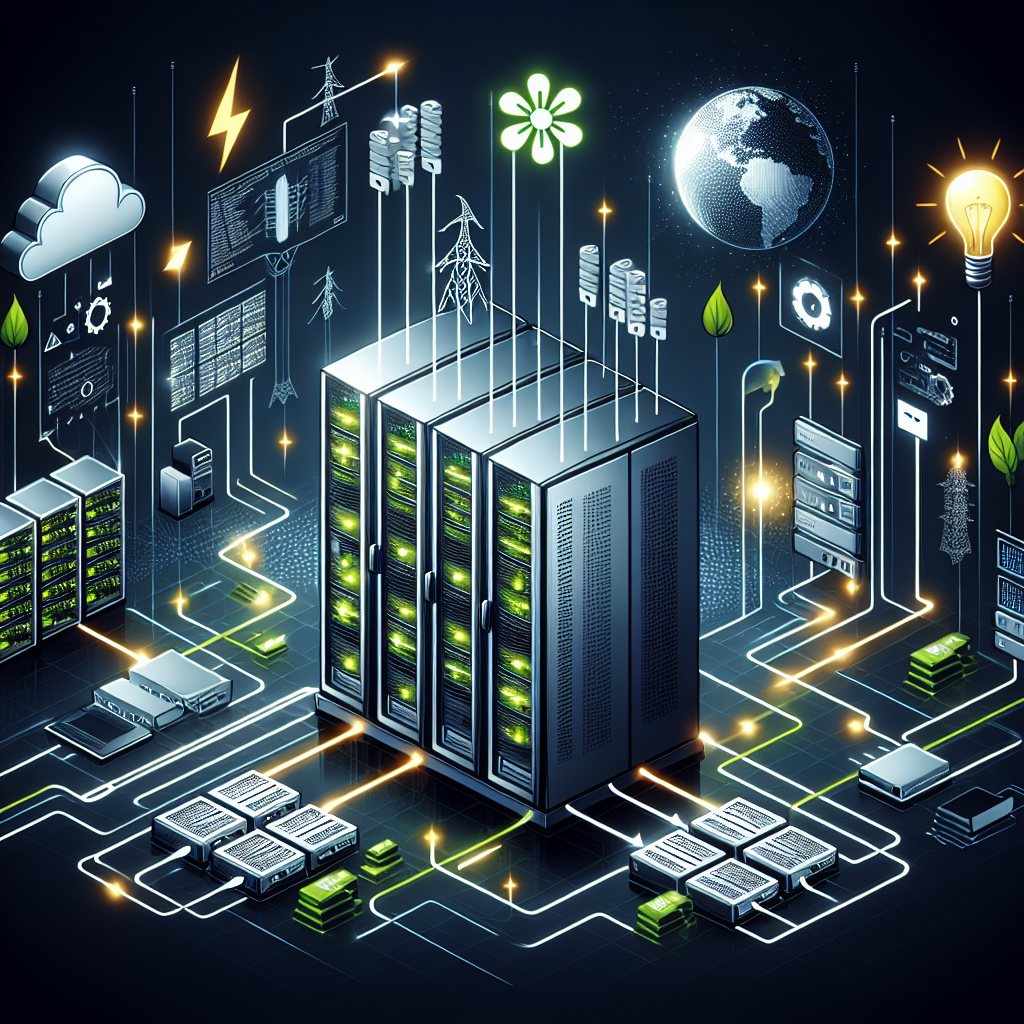Understanding the Role of Power Distribution in Data Center Sustainability
Data centers are the backbone of our digital world, housing the servers and infrastructure that allow us to access information and services online. With the increasing demand for data storage and processing, data centers are becoming larger and more numerous, leading to concerns about their environmental impact.
One of the key factors in determining the sustainability of a data center is its power distribution system. Power distribution refers to the process of delivering electricity from the grid to the servers and other equipment in the data center. This process plays a crucial role in determining the energy efficiency and overall sustainability of the facility.
Efficient power distribution is essential for reducing energy consumption and minimizing the environmental impact of data centers. By optimizing the design and operation of the power distribution system, data center operators can reduce electricity usage, lower operating costs, and decrease carbon emissions.
There are several key components of a power distribution system that can impact the sustainability of a data center. These include:
– UPS (Uninterruptible Power Supply) systems: UPS systems are used to provide backup power in the event of a grid outage. By using energy-efficient UPS systems and implementing energy-saving features such as power factor correction, data centers can reduce their electricity consumption and improve sustainability.
– Power distribution units (PDUs): PDUs are used to distribute electricity from the UPS systems to the servers and other equipment in the data center. By using high-efficiency PDUs and implementing techniques such as power capping and load balancing, data centers can optimize power distribution and reduce energy waste.
– Energy monitoring and management systems: Monitoring and managing energy usage in real-time can help data center operators identify opportunities for improving efficiency and reducing energy consumption. By tracking power usage and implementing energy-saving measures, data centers can achieve significant cost savings and environmental benefits.
In addition to optimizing the power distribution system, data centers can also improve sustainability by using renewable energy sources such as solar or wind power, implementing energy-efficient cooling systems, and adopting best practices for server consolidation and virtualization.
Ultimately, understanding the role of power distribution in data center sustainability is essential for achieving the goal of reducing energy consumption and minimizing environmental impact. By implementing efficient power distribution systems and adopting sustainable practices, data centers can play a key role in building a more environmentally friendly digital infrastructure for the future.


